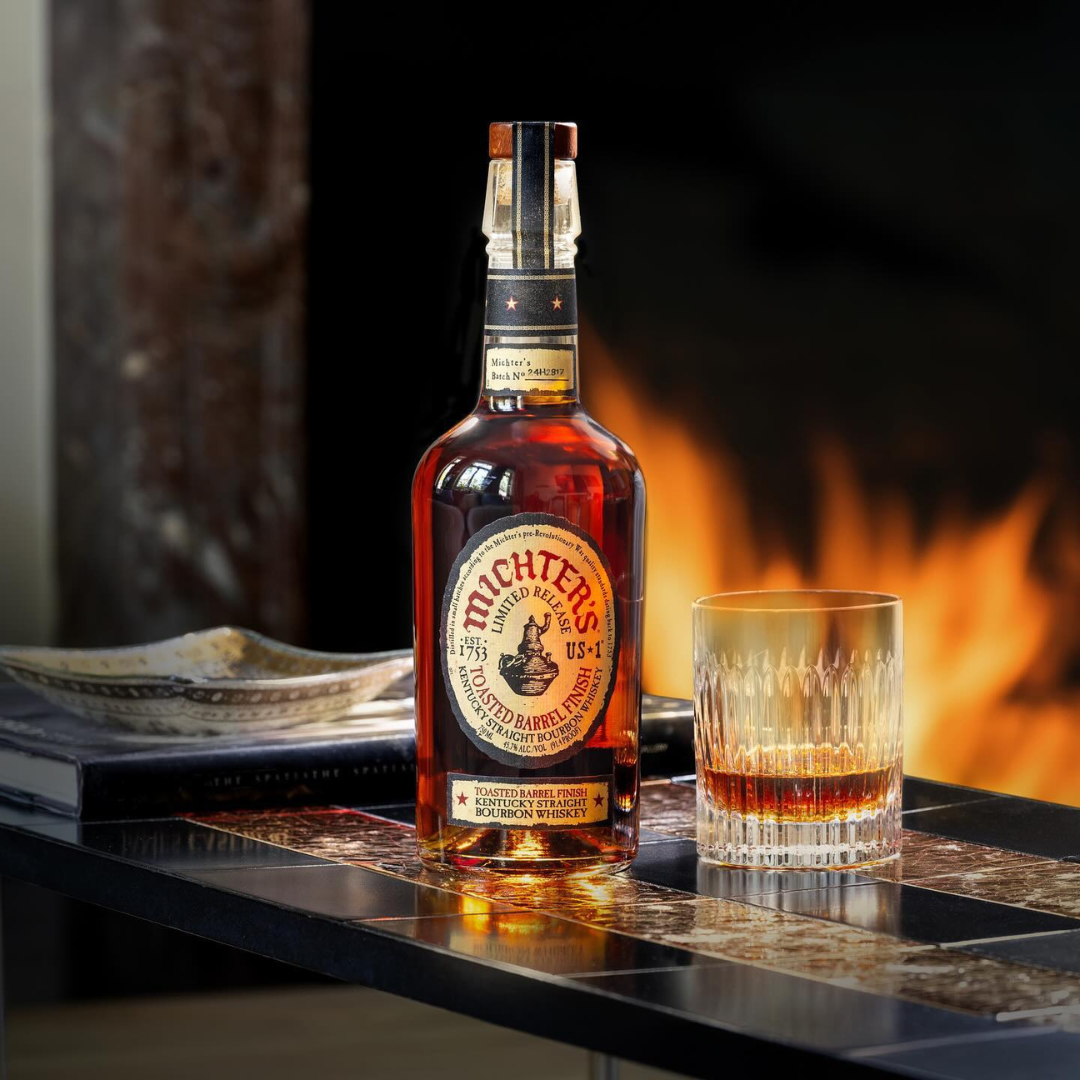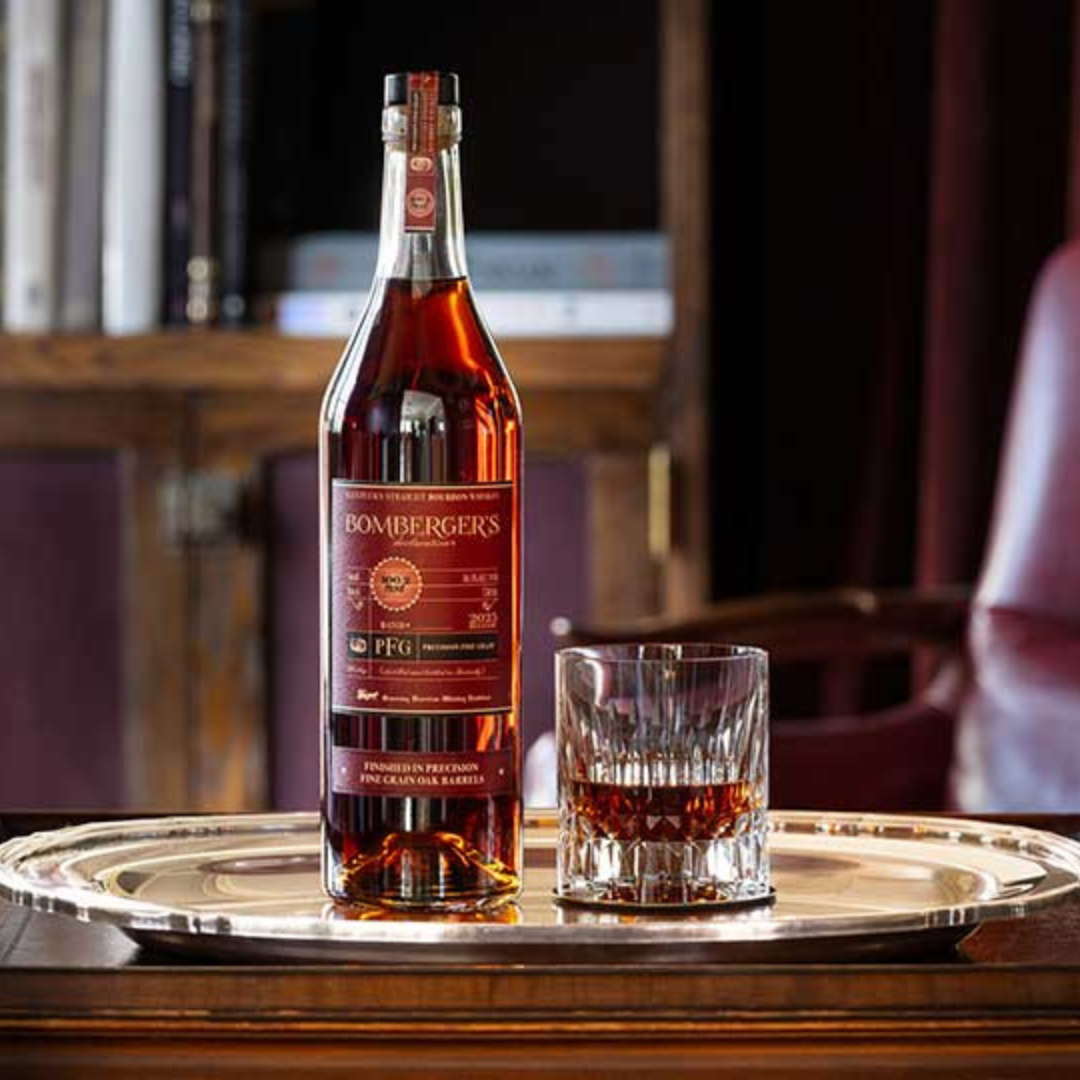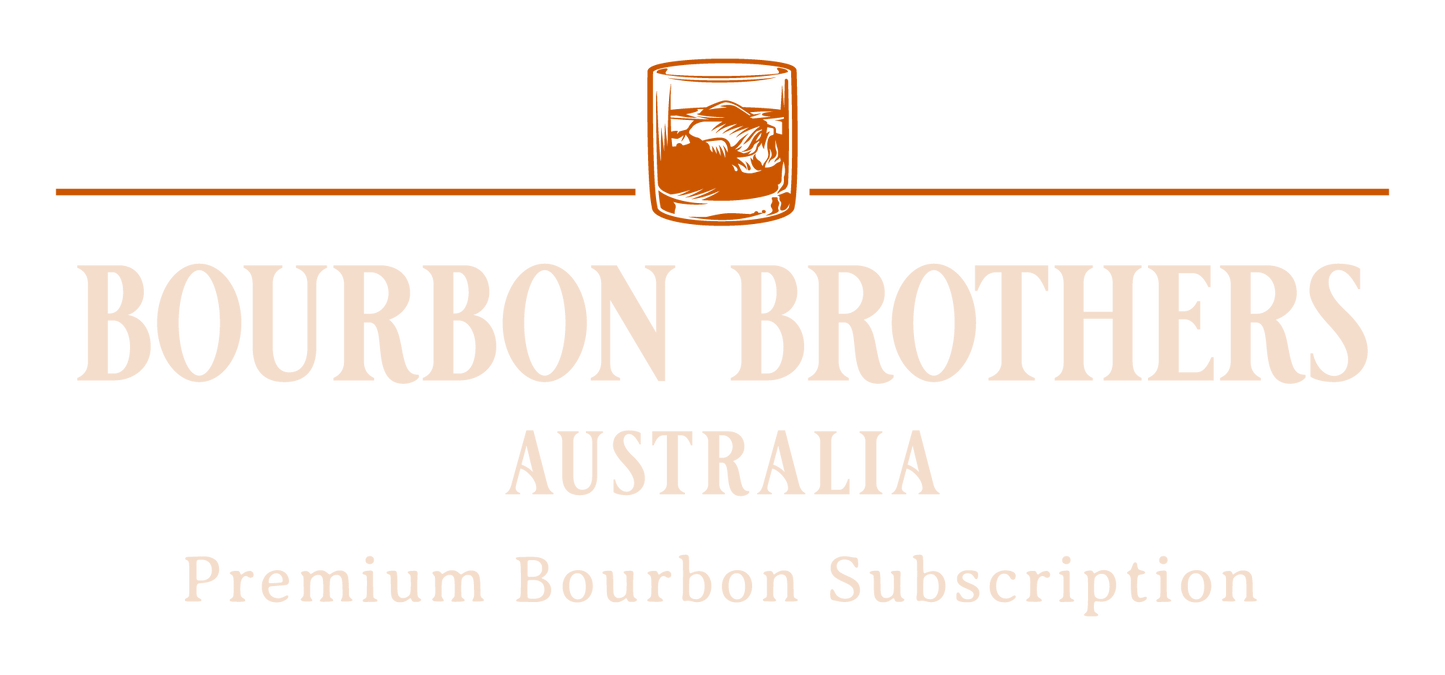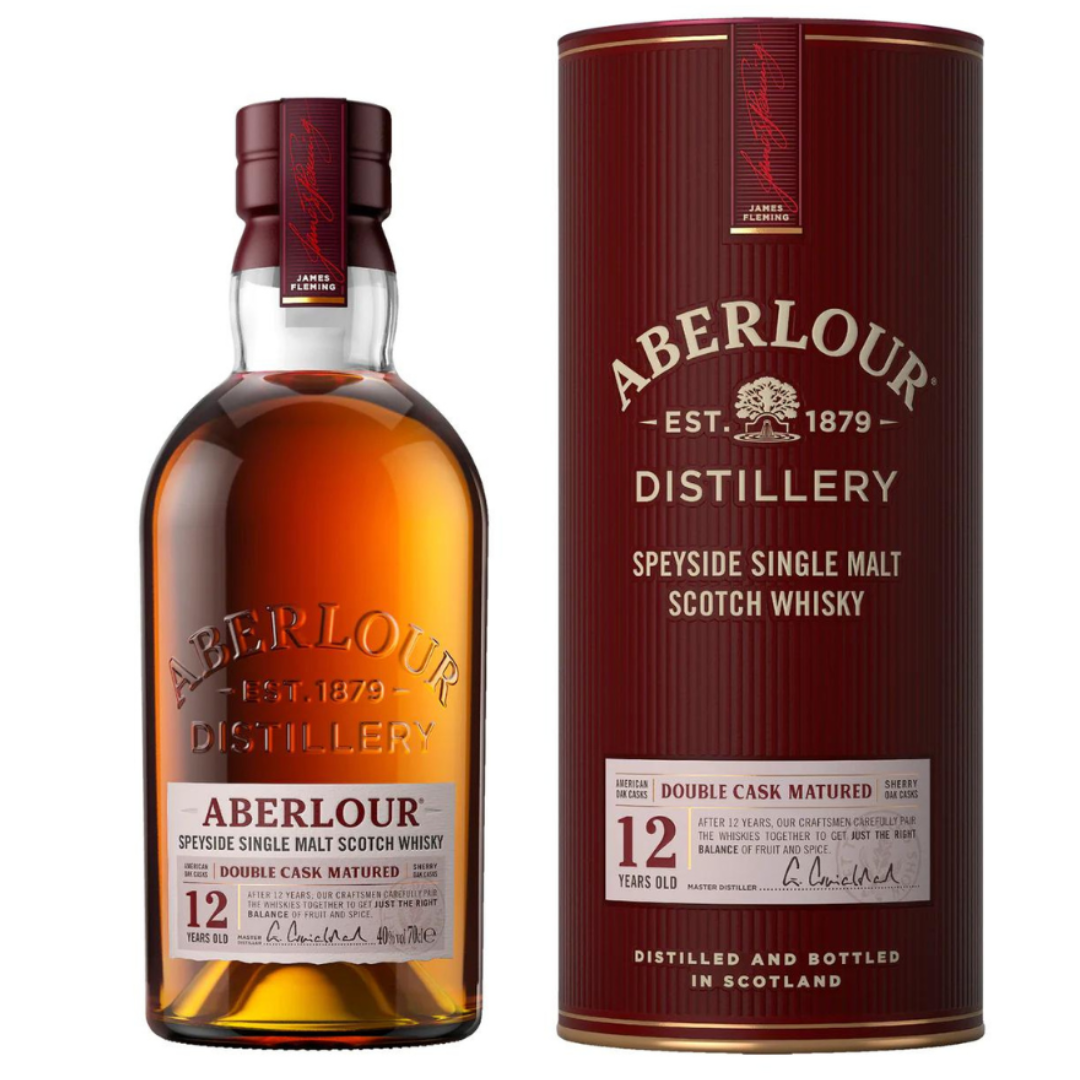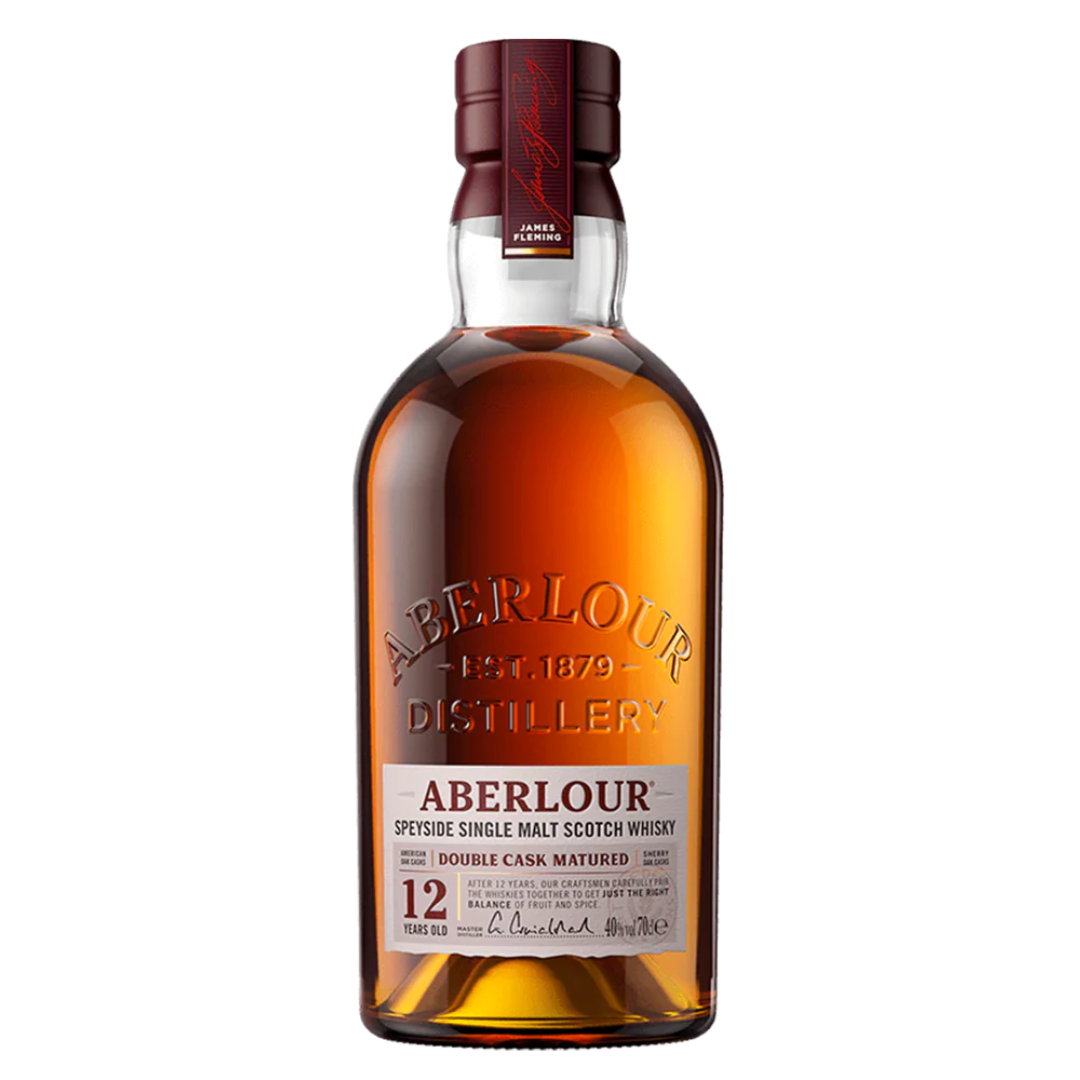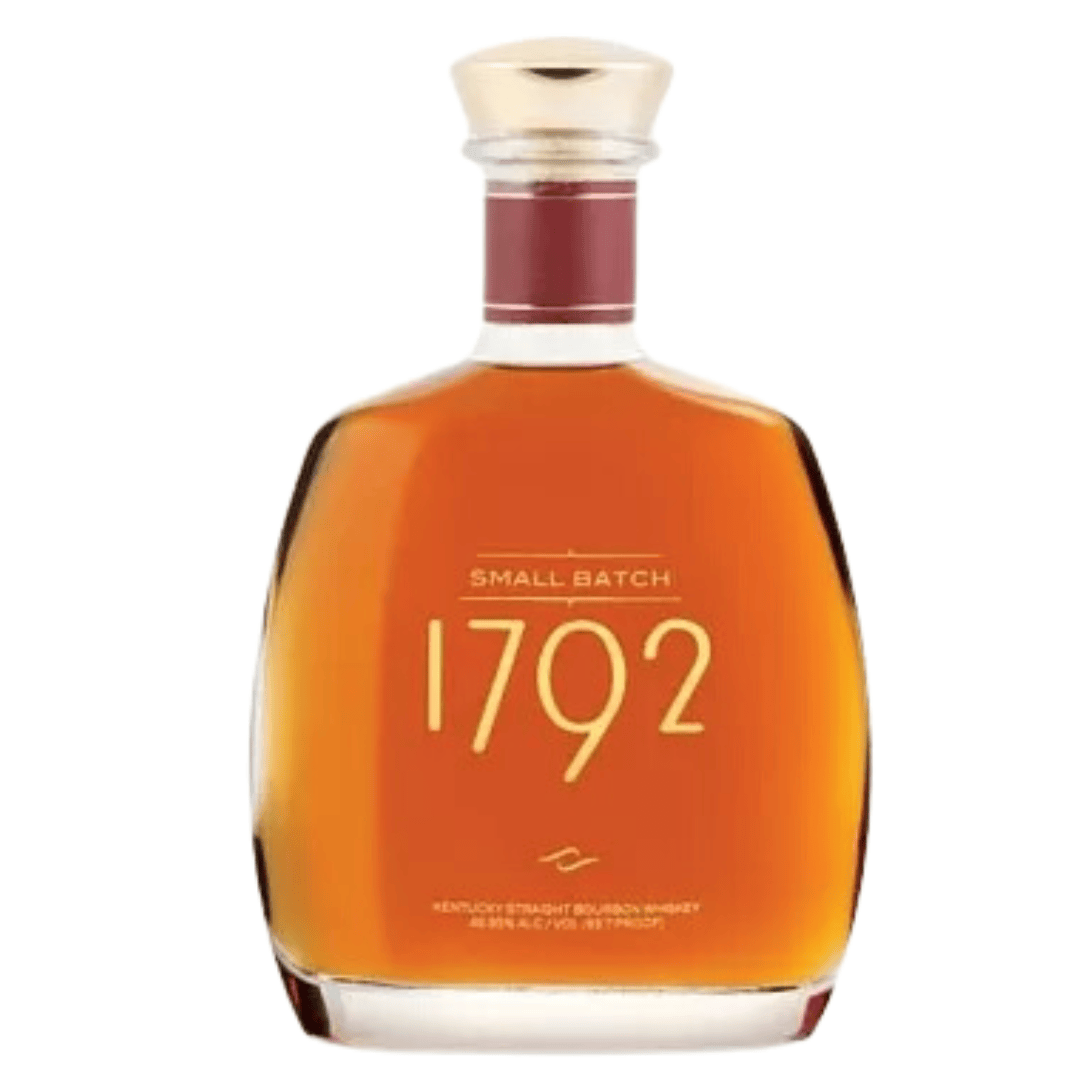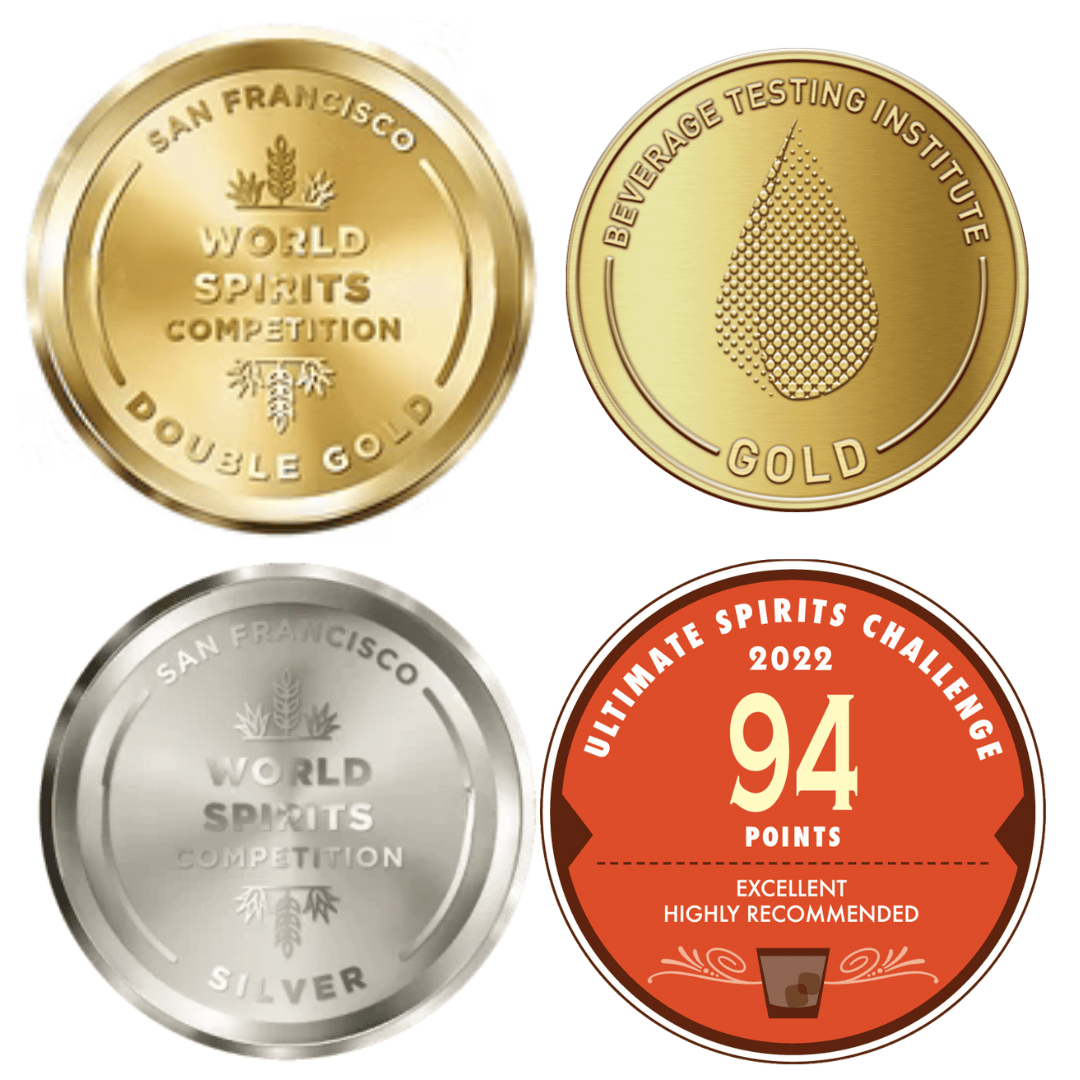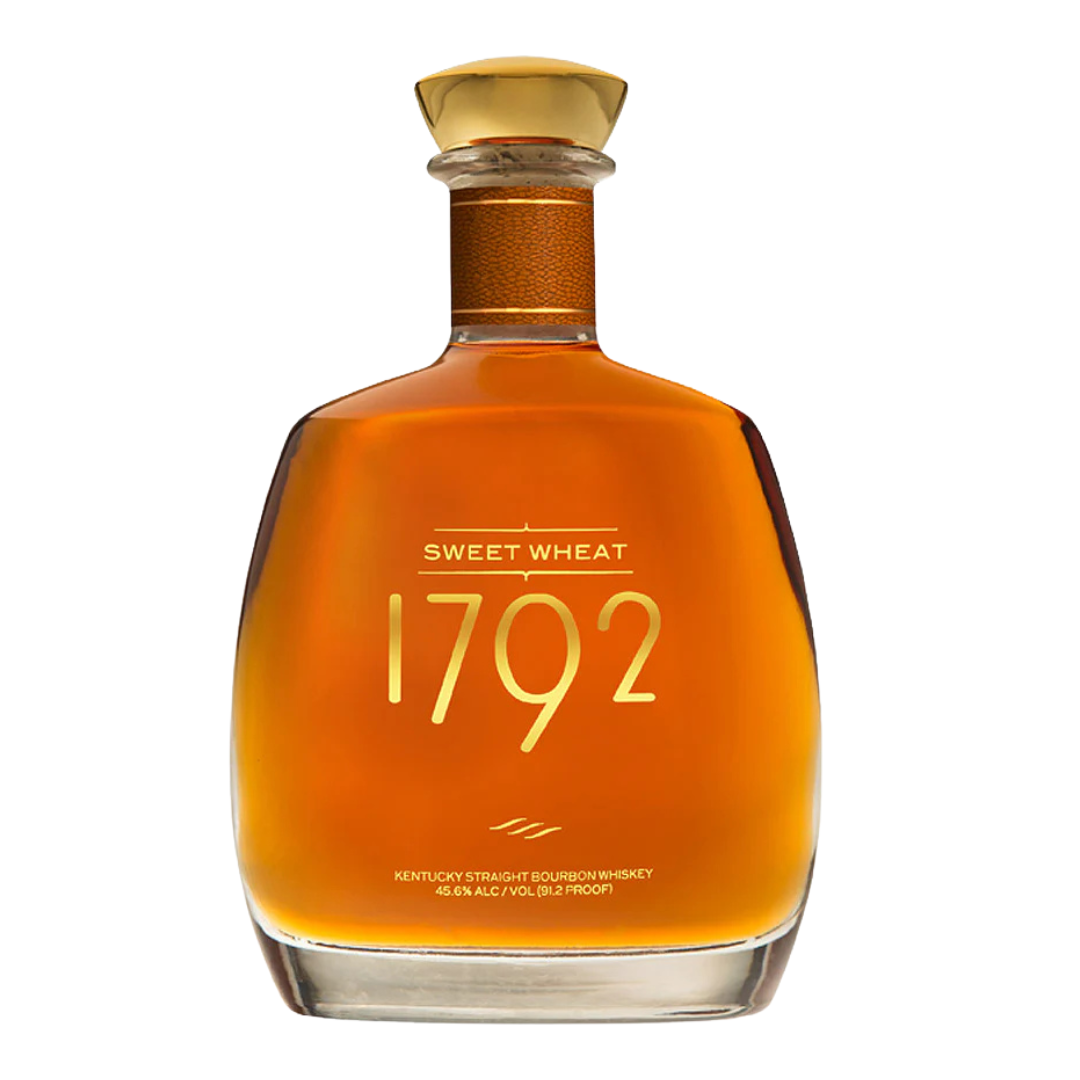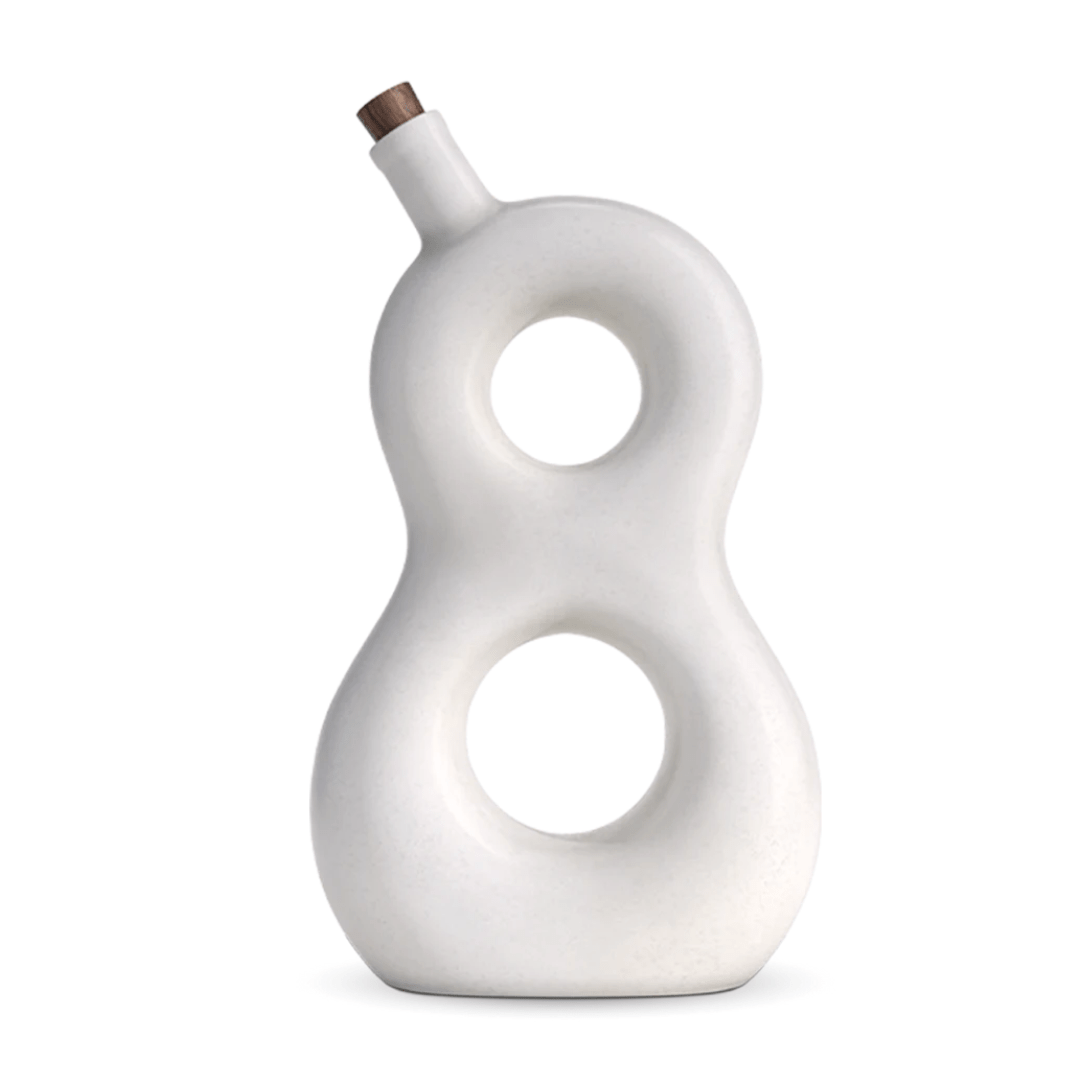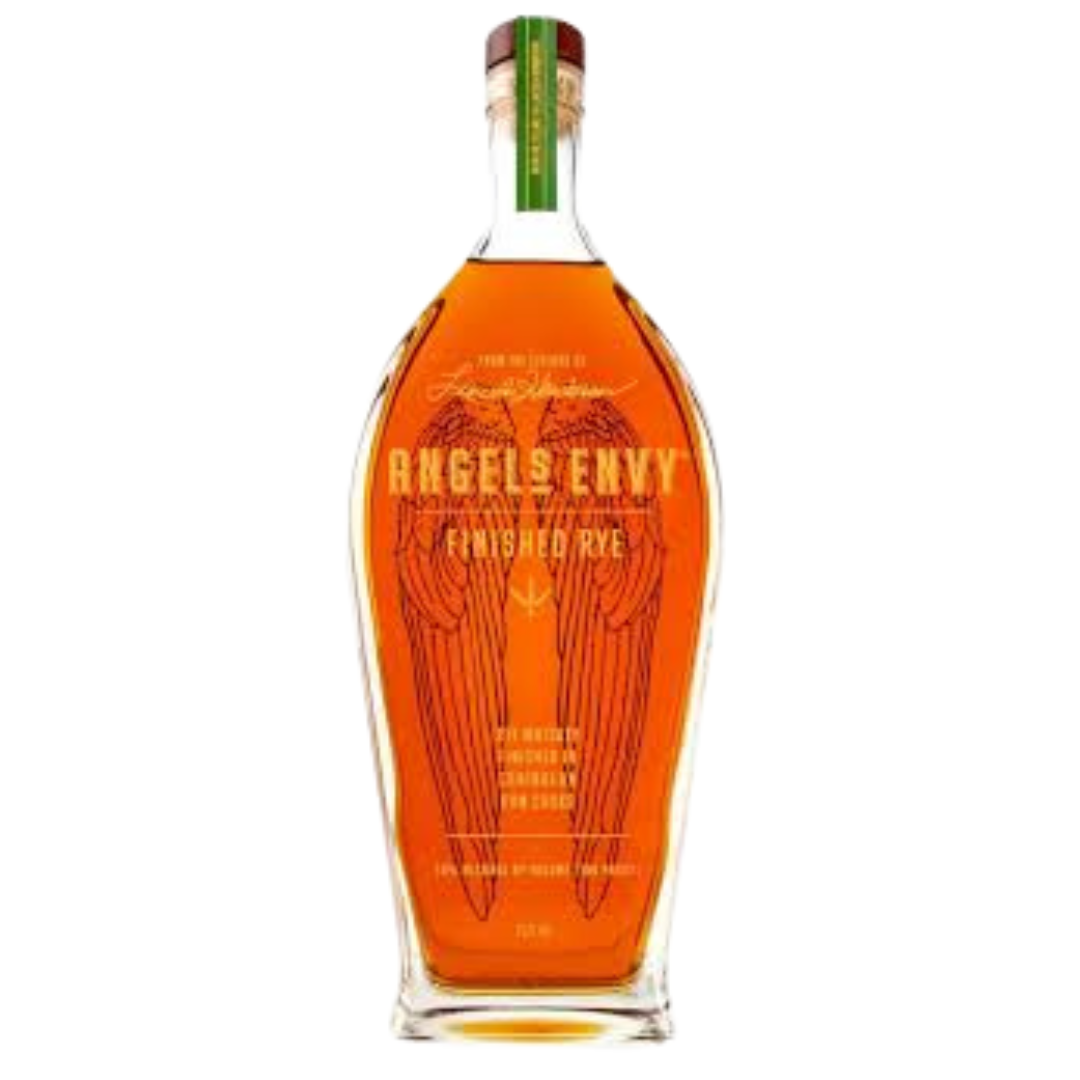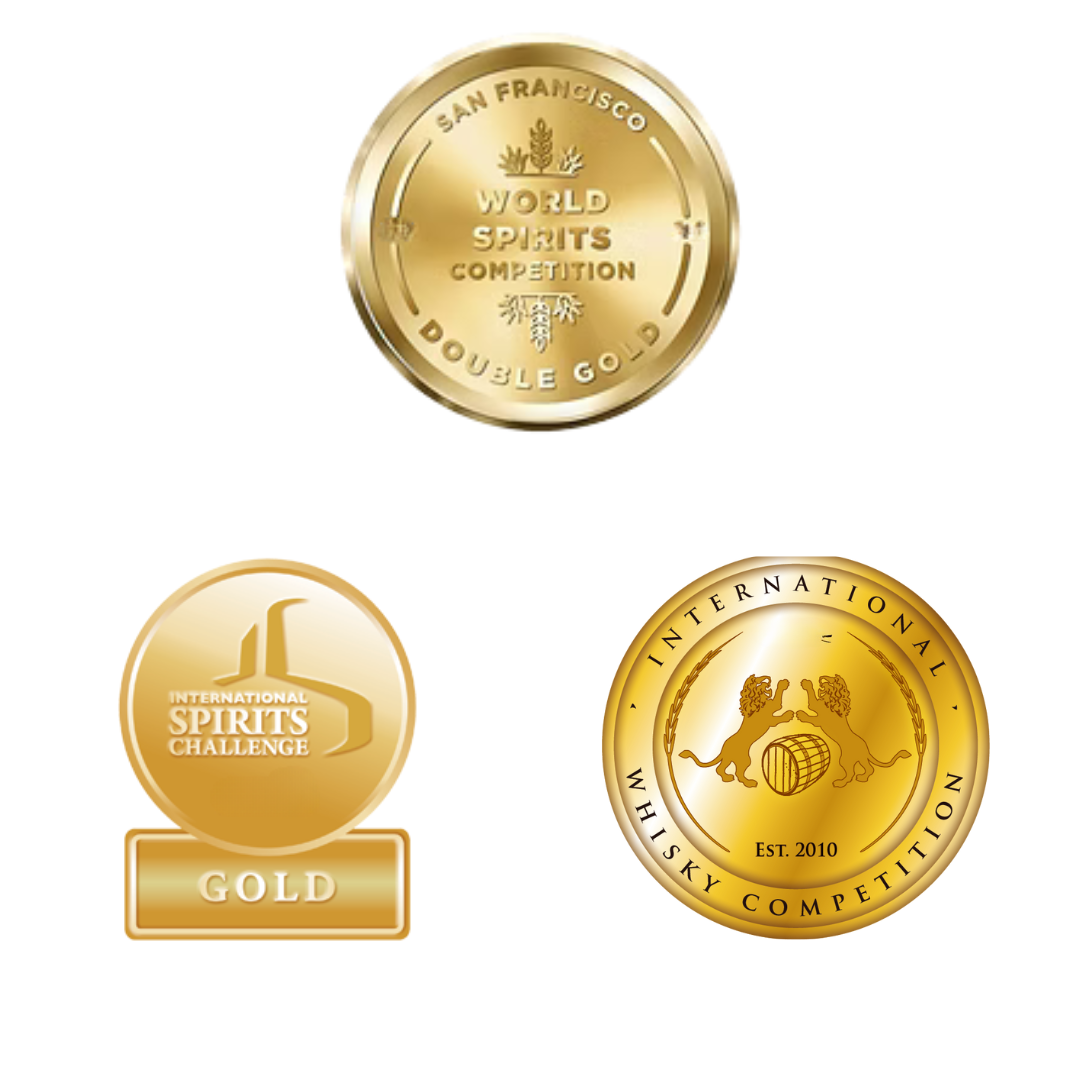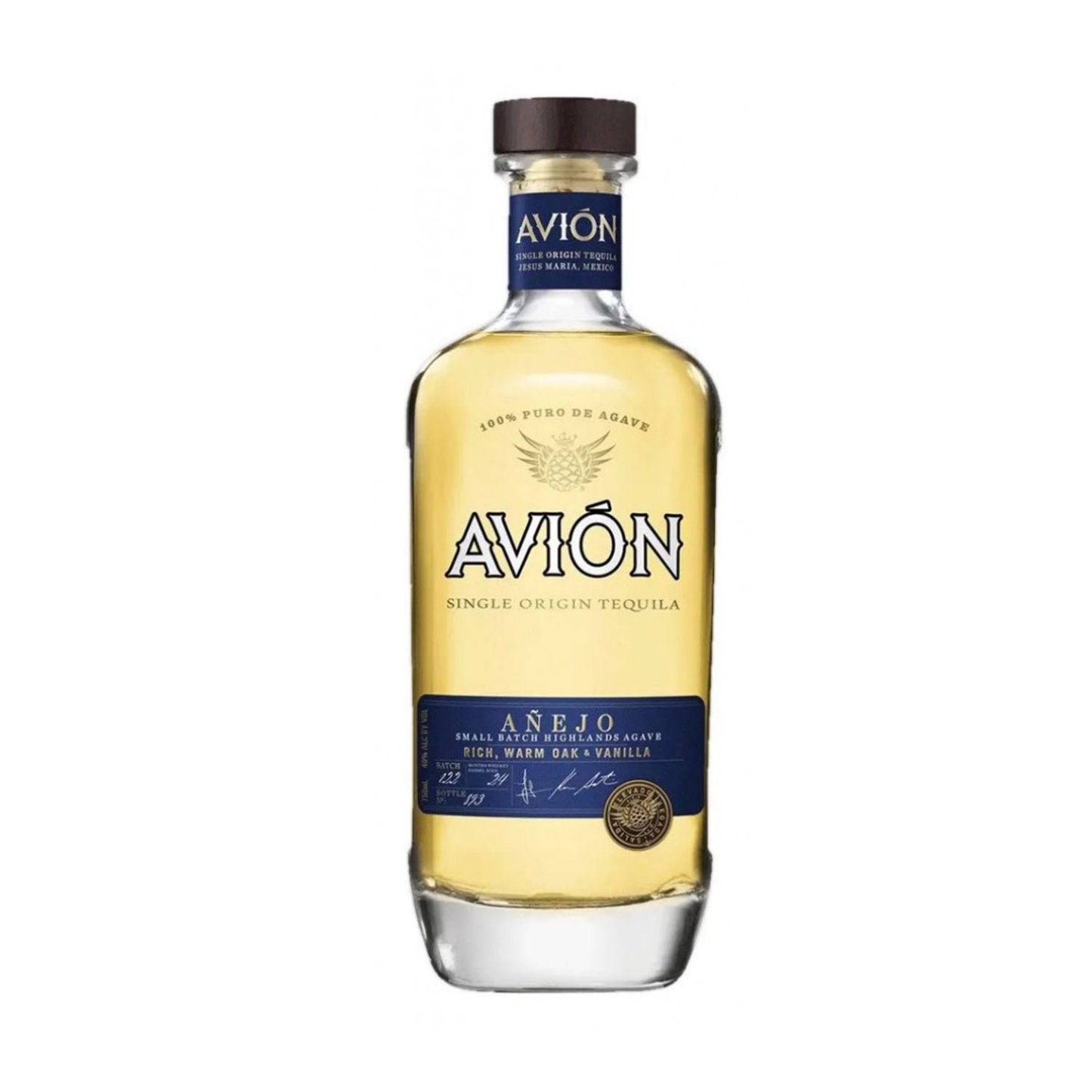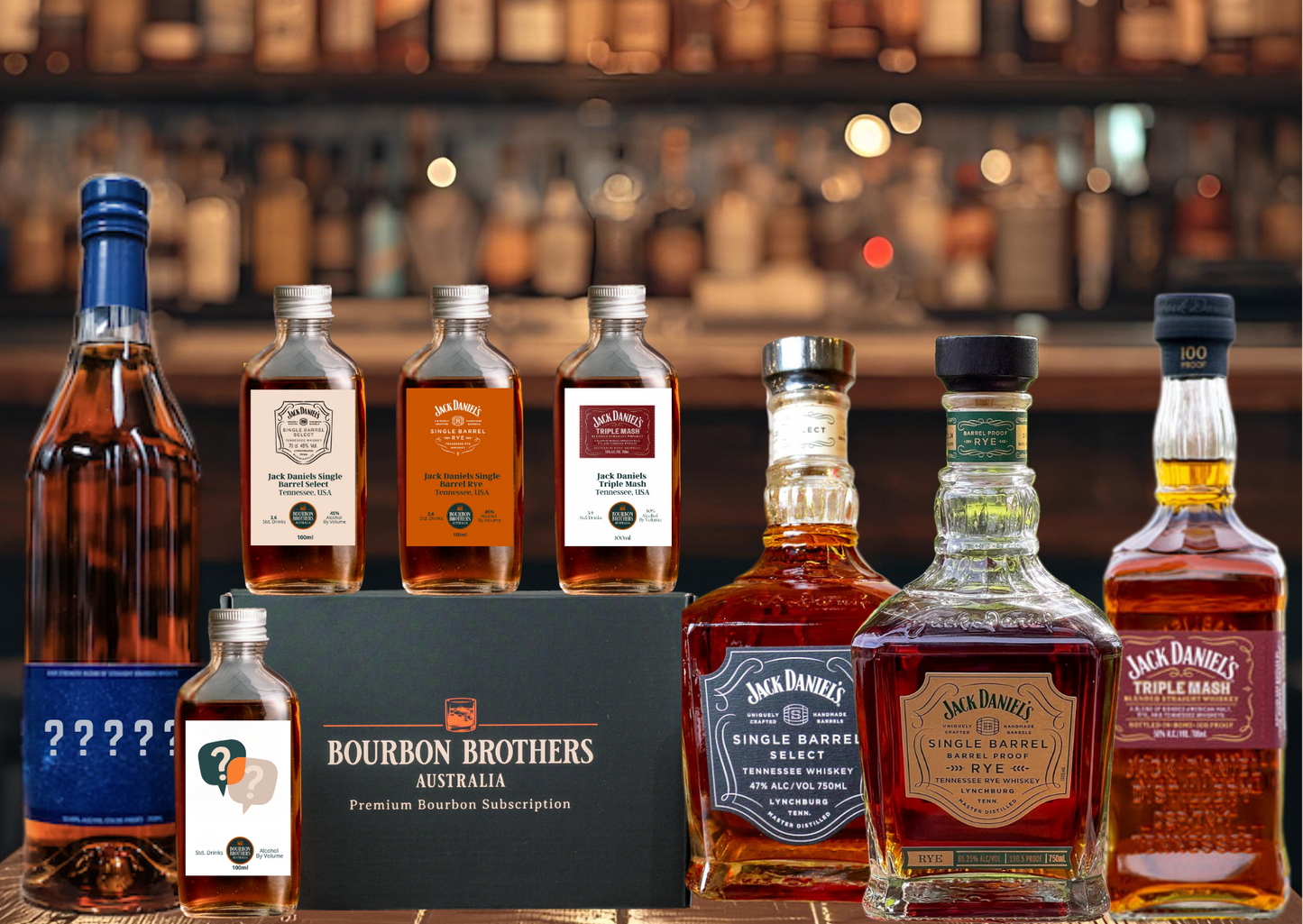Four x 100ml Bottles for the Price of three. One bottle of a Bourbon Brothers barrel pick free with each tasting Box ordered. Over 25 various options to choose from
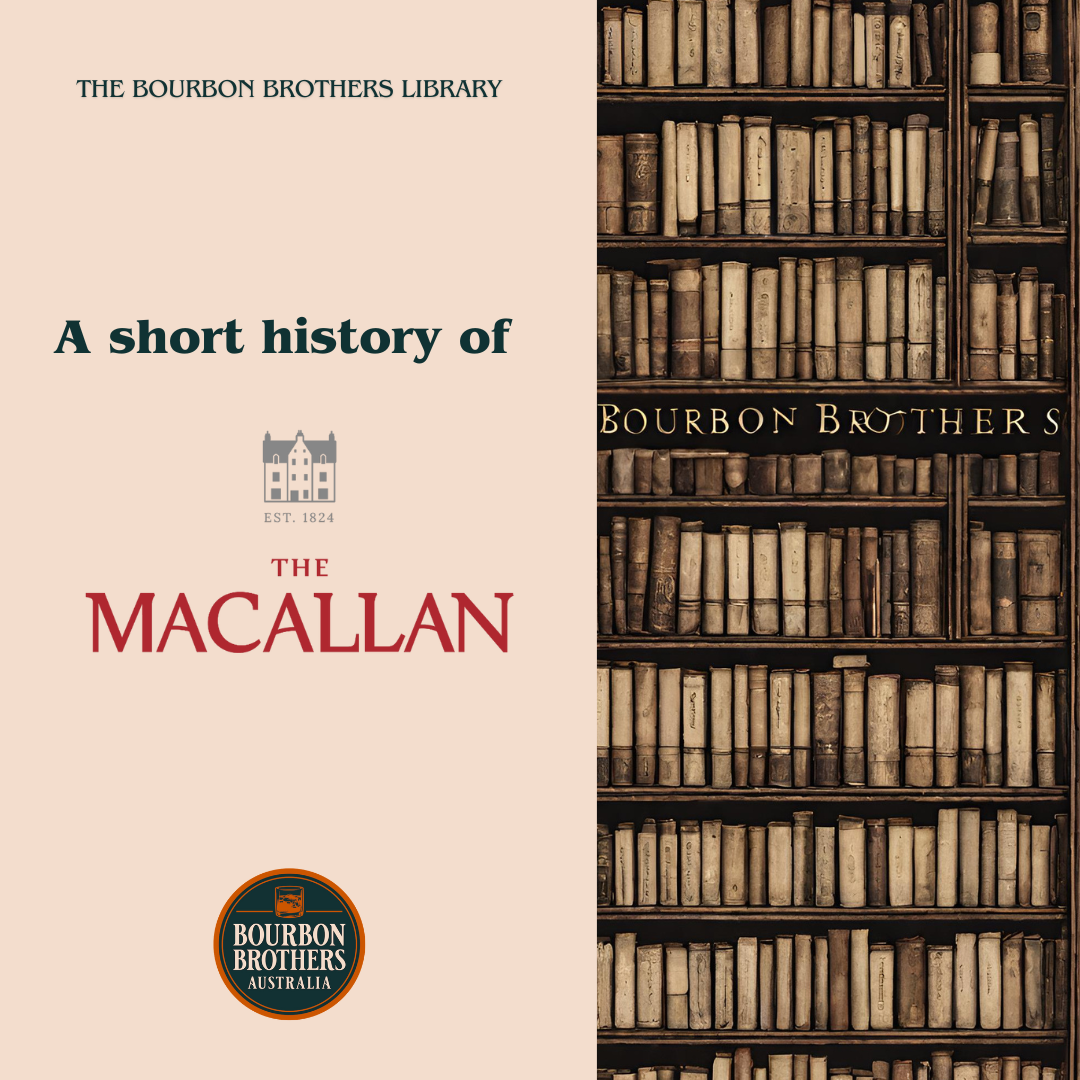
| Macallan’s First Chapter: |

|
The Elchies Distillery Nestled in Scotland’s Speyside region, near the River Spey, Macallan was initially licensed to Alexander Reid in 1824 as the Elchies distillery. This distillery began as one of Speyside’s farm distilleries, with evidence suggesting that an illicit distillery operated at the Macallan site since the 1700s. Following the enactment of the 1823 Excise Act, Macallan became one of Scotland's earliest legally licensed distilleries.
The Elchies distillery, under Reid’s ownership, was modest, featuring just two stills housed in a wooden shed. After Reid's passing in 1847, the license was transferred to James Shearer Priest and James Davidson. In 1868, James Stuart took over the Elchies lease and renovated the distillery. However, the future Macallan would receive one of the briefest entries in Alfred Barnard’s Victorian book, The Whisky Distilleries of the United Kingdom. Barnard described the Elchies distillery as an “old-fashioned” establishment, akin to other Speyside distilleries.
In 1892, James Stuart sold Elchies to Roderick Kemp, who had previously owned and successfully expanded the Talisker distillery. Recognizing its potential, Kemp modernized the site and boosted malt production, ultimately renaming the distillery to Macallan-Glenlivet, though the Glenlivet suffix would be dropped in 1980.
|
A Flourishing Distillery |
|
Following Kemp's passing in 1909, the Roderick Kemp Trust was created to ensure the family's continued ownership of Macallan. Starting in the 1950s, the Macallan distillery underwent continuous expansion, increasing to five stills in 1954, and more notably in 1965, when a new stillhouse doubled the number from six to twelve.This growth persisted through the 1970s, with the number of stills rising to eighteen in 1974 and reaching twenty-one by 1975.
The surge in Macallan’s production was driven by a growing demand, as it became a favored malt for blends like The Famous Grouse.The stills play a crucial role in defining Macallan's unique character and whisky profile. Each of Macallan’s small stills stands at under 4 meters (13 feet) and has a capacity of just 3,900 liters. Their compact design contributes significantly to the distillery's malt style, as the limited contact between vapor and copper in smaller stills leads to the creation of a heavier, richer, and oilier spirit.During the blended whisky boom of the 1960s and 1970s, Macallan’s reputation as a blending malt prompted the Roderick Kemp Trust to transform into a private limited company in 1966, with the Macallan distillery being listed on the London Stock Exchange in 1968.
| The Emergence of the Single Malt Market |  |
In the early 1980s, as the blended whisky market declined and a surplus of aging stock accumulated in 'Whisky Loch,' Macallan made a strategic decision to concentrate on the burgeoning single malt market. The second stillhouse was temporarily closed while existing stocks were utilized to introduce the first official Macallan single malt bottling: an 18-Year-Old expression matured in ex-sherry casks, launched in 1984. In 1986, Suntory, a Japanese brewery and distilling group, acquired 25% of Macallan's stocks, while Highland Distillers purchased the remaining 75% in 1996, marking the end of the Kemp family’s ownership of the distillery.
The Macallan farm adjacent to the distillery was revitalized and began barley production again in 1998, specifically cultivating Golden Promise barley, a Scottish variety that had seen a significant decline in cultivation. Traditionally, Macallan’s character was shaped by Golden Promise, which imparted nutty, oily, and silky flavors during distillation. Until 1994, only Golden Promise was used for distillation, but diminishing harvests eventually required blending different barley varieties.
Although the Macallan farm produces only a small quantity of barley in comparison to its distilling needs, the harvests of estate-grown barley have contributed to the distillation of malts for Macallan's limited edition and luxury offerings.
| A Luxury Whisky Brand |  |
In 1999, the 1887 Company—a partnership between Edrington and William Grant & Sons—acquired Highland Distillers for £601 million. Edrington became the primary stakeholder in Macallan, with minority shares held by William Grant & Sons and Suntory. Since then, Edrington has actively fostered Macallan’s development as a single malt brand, notably opening a visitors' center in 2001 and positioning the brand at the forefront of the expanding luxury and collectible whisky market.
Since the release of its first single malt in 1984, Macallan exclusively used ex-sherry casks for maturation. However, under Edrington's leadership, Macallan pioneered the creation of ‘bespoke’ casks. This innovative cask regime involved selecting specific trees (mainly European oak) to craft casks tailored to Macallan’s specifications in Jerez, Spain, and seasoned with Oloroso sherry. The Sherry Oak maturation process became Macallan’s distinctive feature, leading to the construction of additional warehouses at the distillery to store these specially crafted casks.
In 2004, Macallan broadened its single malt offerings with the launch of the Fine Oak series, introducing a range of American oak and ex-bourbon casks for maturation. This addition created a lighter and sweeter malt character, appealing to new whisky drinkers. Growing demand and popularity prompted the reopening of the previously mothballed second Macallan stillhouse in 2009. In addition to its core single malt range, Macallan frequently releases various vintage expressions and limited editions, capturing the interest of whisky enthusiasts, collectors, and investors alike.
| A New Distillery |  |
In 2013, Edrington announced that a completely new, £100 million distillery and visitors’ centre would be built at the Macallan site. The new Macallan distillery featuring a distinctive subterranean design was commissioned on the 9th November 2017, and officially opened in May 2018 at a final cost of £140 million.
In an innovative feat of engineering Macallan’s roof is a giant puzzle held together by precision, covered with grass and wildflowers designed to camouflage Macallan into the Speyside landscape. Macallan’s new distillery has a total of 36 stills with a capacity of 15 million litres of alcohol a year, a continues Macallan’s traditional method of whisky production using small stills.
In 2019, a new core range expression Macallan Estate was released, made with barley grown at the Macallan estate the bottling celebrated Macallan’s distilling heritage. The old Macallan distillery, with its 21 stills and a capacity of 11 million litres has been mothballed for the foreseeable future provoking rumours it might one day be repurposed and resume production
|
|
